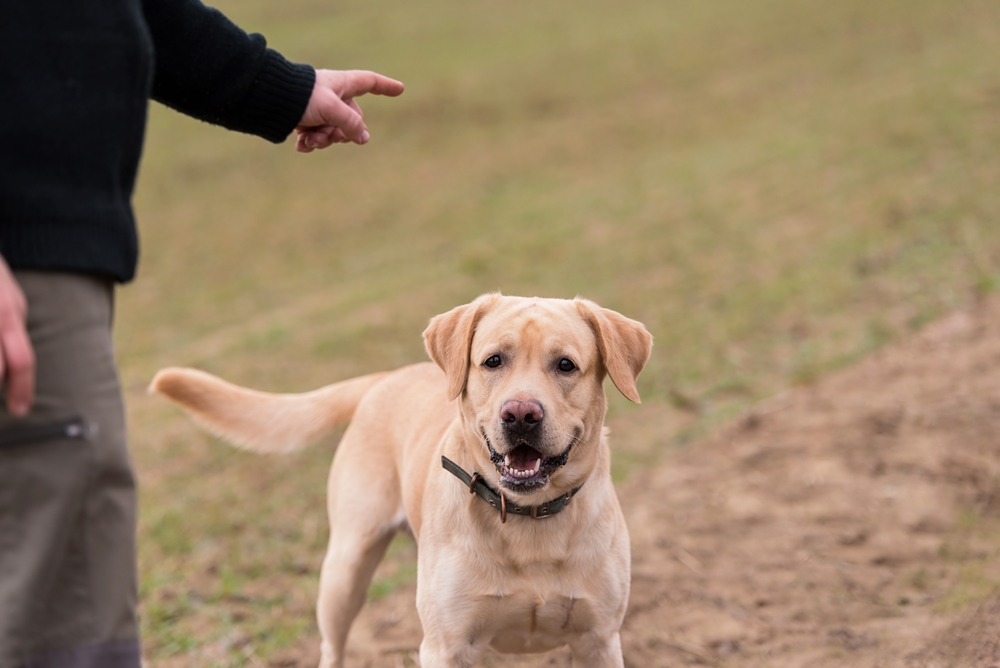Labrador Retrievers are one of the most popular dog breeds in the world, celebrated for their friendly demeanor, intelligence, and boundless energy. With their natural enthusiasm for outdoor activities, Labs are ideal companions for off-leash adventures, whether hiking through the woods, playing at the beach, or exploring open fields. However, their adventurous spirit must be balanced with proper training to ensure safety and a positive experience for everyone involved.
This guide will take you through the steps to train your Labrador Retriever for off-leash activities, covering obedience, recall, socialization, and more.
Why Off-Leash Training is Essential for Labradors
Labradors are curious and energetic, which can make them wander off or get into trouble if not properly trained. Off-leash training provides the following benefits:
Safety: Prevents your dog from running into dangerous situations.
Freedom: Allows your Labrador to explore and burn energy while staying under control.
Bonding: Strengthens the trust and connection between you and your dog.
Prerequisites for Off-Leash Training
Before embarking on off-leash training, ensure your dog has mastered these essential skills:
Basic Obedience: Commands like sit, stay, down, and come should be well-practiced.
Reliable Recall: Your dog should consistently come when called, even in distracting environments.
Leash Manners: A dog that pulls on a leash is unlikely to behave off-leash.
Step 1: Start with a Solid Foundation in Obedience
Training for off-leash freedom begins with reinforcing basic commands.
Practice in Low-Distraction Environments: Start in a quiet, enclosed area to minimize distractions.
Use Positive Reinforcement: Reward your Labrador with treats, praise, or play for following commands.
Consistency is Key: Use the same words and signals for each command to avoid confusion.
Step 2: Teach Reliable Recall
Recall is the cornerstone of off-leash training. A Labrador that comes when called is safer and easier to manage.
Steps to Train Recall
Choose a Command: Use a clear, consistent cue like “Come” or “Here.”
Start on a Leash: Use a standard leash or long line to control your dog’s movements.
Reward Generously: Offer high-value treats or a favorite toy when your dog comes to you.
Gradually Increase Distance: As your dog improves, increase the distance between you and practice in larger spaces.
Practice with Distractions: Gradually introduce distractions like other dogs or people to test their reliability.
Pro Tip
Never call your dog to scold them. Recall should always be associated with positive experiences.
Step 3: Use a Long Training Leash
A long leash is a great tool for bridging the gap between on-leash and off-leash training.
Length: Choose a leash between 15 and 30 feet to give your dog more freedom while maintaining control.
Practice Off-Leash Commands: Use the long leash to reinforce commands like “Come,” “Stay,” and “Leave It.”
Monitor Behavior: Observe how your Labrador responds to commands from a distance.
Step 4: Socialization and Distraction Training
Labradors are naturally social dogs, which can make them overly excited around new people, dogs, or animals. Proper socialization helps them stay calm and focused during off-leash adventures.
Socialization Tips
Introduce Gradually: Expose your dog to various environments, sounds, and experiences in a controlled manner.
Reward Calm Behavior: Praise and reward your Labrador for staying relaxed in new situations.
Practice with Other Dogs: Arrange playdates or training sessions with well-behaved dogs to teach appropriate interactions.
Handling Distractions
Practice “Leave It”: Teach your dog to ignore tempting distractions like wildlife, food, or objects.
Use a Focus Command: Train your dog to look at you on cue, using a command like “Look” or “Focus.”
Step 5: Gradual Off-Leash Practice in Safe Areas
When your Labrador shows consistent obedience on a long leash, it’s time to practice off-leash in safe, enclosed areas.
Start Small: Use fenced yards, dog parks, or enclosed fields for initial off-leash training.
Supervise Closely: Keep a close eye on your dog’s behavior and reactions.
Practice Recall Often: Call your dog to you periodically, rewarding them each time they come.
Step 6: Build Trust Gradually
Off-leash training is about building trust and confidence between you and your dog.
Give Freedom in Increments: Gradually increase the amount of freedom your Labrador has during outings.
Stay Calm and Confident: Your dog will take cues from your demeanor, so maintain a calm and assertive presence.
Practice Regularly: Consistency reinforces good behavior and reduces the chances of regression.
Step 7: Use Technology for Extra Safety
Modern tools can enhance your Labrador’s safety during off-leash adventures.
GPS Collars: Track your dog’s location in real time.
Vibration Collars: Use a collar with a vibration feature as a non-verbal recall signal.
ID Tags: Ensure your dog wears tags with updated contact information.
Common Challenges and How to Overcome Them
Bolting or Wandering Off
Practice impulse control exercises like “Stay” and “Wait.”
Reinforce recall in increasingly distracting environments.
Ignoring Commands
Return to a long leash for more controlled practice.
Increase the value of rewards to regain your dog’s attention.
Over-Excitement Around Other Dogs
Socialize your dog more frequently in controlled settings.
Teach a “Calm” command to manage excitement.
Tips for Successful Off-Leash Adventures
Choose Safe Locations: Opt for areas with minimal traffic, wildlife, or other hazards.
Stay Visible: Keep your dog within sight at all times.
Carry Essentials: Bring treats, water, a leash, and waste bags.
Be Prepared to Leash Up: Carry a leash for situations requiring immediate control.
Observe Local Laws: Ensure off-leash activities are allowed in the area.






